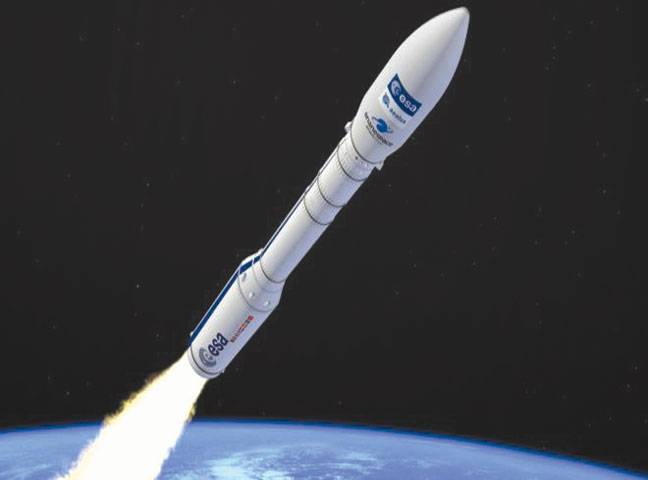LONDON - A European Vega rocket has been lost shortly after blast off, the commercial space company Arianespace says.
It is the first time in 15 launches that a Vega rocket has failed.
The rocket had been carrying a military satellite for the United Arab Emirates when it took off from the European spaceport in French Guiana on Wednesday evening.
It is believed to have crashed into the Atlantic Ocean north of the space centre.
Luce Fabreguettes, Arianespace’s executive vice president of missions, said a “major anomaly” had occurred about two minutes after liftoff at the time of the second stage ignition.
“On behalf of Arianespace I wish to express our deepest apologies to our customers for the loss of their payload,” he said.
“From the first flight data analysis, we will get in the coming hours more precise information, and we will communicate to everybody at the soonest.”
Vega’s failure is a reminder that you can never relax in the rocket business. The vehicle had had 14 straight successes before Wednesday night, but then something caught everyone out. Vega uses solid fuels in its lower stages. These rocket segments are normally very reliable. Once ignited, they just burn until they exhaust themselves.So, a key question facing the board of inquiry will be whether Vega’s second-stage simply failed to light. The vehicle’s burning first-stage appears as a bright white dot in the flight video. When it shuts down, there is nothing. Just darkness in the night sky.
Space officials will move swiftly to get Vega back in service. It’s an integral part of a rocket operation that guarantees Europe’s access to space. Vega is about to be upgraded to use a first-stage that will also be deployed as the strap-on booster for the next-generation, heavy-lift Ariane rocket. The dual-use, and the economies of scale that come from it, should benefit both vehicles in what is an increasingly competitive market.
In the same vein, Vega’s 16th scheduled flight is supposed to be a demonstration designed to show the rocket can launch 42 satellites on one mission. To remain competitive, Europe’s rockets must be able to lift every type of satellite payload into every conceivable type of orbit.






